Keri-Anne Payne is somewhat of an open water swimming hero. The Zone3 ambassador is a double world champion, Olympic silver medallist and a triple Olympian in the 10km marathon swimming event. So it’s safe to say she knows a thing or two about open water swimming technique. We were lucky enough to catch up with Keri-Anne, who was more than happy to share her open water swimming tips with Outsider.ie.
Brought to you by:

Keri-Anne Payne’s top open water swimming tips:
1. Open Water Swimming Tips: Breathing
“The key is to keep your breathing relaxed and consistent, and you’ll be amazed by how much easier you’ll find swimming.”
Breathing is such an important part of straight-line swimming – and it’s also the number one thing that stops people from reaching their swimming potential. I always start with breathing when I’m coaching, whether the person in the water is a beginner or a time-chaser.
When I am at the pool I often see people sprinting 50 metres, then having to stop for about two minutes just to get their breath back. They’re not unfit – they just need to be more efficient when they breathe. The most important thing to remember is that it should feel really natural.
The problem usually happens because you’ve taken in such a huge lung full of oxygen that your natural instinct is to get rid of the same amount that you have taken in, which means your breathing starts spiking up and down erratically, and that just isn’t sustainable over any kind of distance. If you were going for a jog you wouldn’t run for a bit, then stop and gulp for air, then run again. You’d breathe as you were going along; make it a part of what you were doing. Swimming should be the same.
The key is to keep your breathing relaxed and consistent, and you’ll be amazed by how much easier you’ll find swimming. The trick is to breathe in through your mouth when your head is to the side, and breathe out through your nose when your head is in the water. And that’s it. It doesn’t matter whether you only breathe on one side or on both (bilaterally); the most important thing is just to stick to a regular rhythm, and take in only as much air as you actually need.
Like most things, efficient breathing can take a little bit of getting used to, but once you’ve got the hang of it you’ll feel so much more relaxed.
Top tips for overcoming the fear when open water swimming
2. Open Water Swimming Tips: Body position
“Get your head into the right position and the rest of your body will follow, allowing you to swim further and faster.”
This is the thing that we find has the biggest impact on the people we’re coaching. There’s nothing more rewarding than watching someone feel the difference that the right body position can make to their swimming. It’s absolutely mind-blowing.
Just like with breathing, getting this right means going against a natural instinct. In this case, wanting to look forward at all times to see where you’re going. The issue with doing this in the water is that it turns your body into a see-saw. When your head goes up, your legs go down – and this means you’re battling against much more drag.
The good news is, it’s really easy to sort out. Get your head into the right position and the rest of your body will follow, allowing you to swim further and faster.
To do this, you’ll need to start thinking about where your eyes are looking. What you want – and it’ll feel a little odd to start with, but it gets easier very quickly – is to be staring directly down at the bottom of the pool. This will make your legs come up automatically behind you, turning your body into a straight line. When you’re nice and flat there’s minimal drag, which means you can swim so much more easily. There will be a sweet spot that feels correct for you but start with your eyes directly down.
Once you’ve got your head into the right position, you can start thinking about rotation. This is a full-body movement, where you rotate your hips and shoulders around your spine at the same time. It comes from your core; thinking about snapping your hip on both sides as you move will really help.
Rotating efficiently means you get an extra bit of reach with every stroke – which in turn means you’re doing fewer strokes and expending less energy. Think of it as “free” (or lazy!) swimming – you’re getting something for nothing. Another big advantage is that your arms are having to do a little less work, which reduces your risk of shoulder pain, or even injury.
3. Open Water Swimming Tips: Propulsion
“You want to make sure every ounce of energy is going into your progress through the water.”
Once you’ve nailed breathing and body position, you can move onto the final piece of the straight-line swimming puzzle: propulsion.
What exactly is propulsion?
Propulsion is just how you move forwards through the water. Anyone who swims will be using it to an extent, of course – but if you want to make the process really efficient you need to think less about your legs and more about your arms. When people start swimming they often think all their power is coming from their legs, because that’s the bit of them that’s getting really tired. In fact, the reason their legs are having to work so hard is probably because their body position isn’t great. If your head is up and your legs are trailing behind you through the water, you’re going to be having to kick really hard to make yourself flat through the water.
When you’re swimming, it’s your arms that should be doing most of the work – and if you’ve got your body position right, you’ll find you can automatically focus your attention on them. You want to make sure every ounce of energy is going into your progress through the water.
What you need to do is imagine you’re moving the water through the centre line of your body – pull through from your fingertips and engage your lats (the muscles that run all the way down your back; there’s a reason swimmers tend to develop powerful shoulders!) by bending your elbows when your hand enters the water.
The last thing to remember is that you don’t have to think about it all at once! Work on one aspect of straight-line swimming and then, once you’re feeling really comfortable with it, start practising the next. You’ll be amazed by how quickly it all starts to come together.
WIN! Entry to the London Triathlon (including flights and accommodation) and a Zone3 kit bundle.
Open Water Swimming: Get the Gear
1. SwimBuoy Dry Bag 28L

This swim buoy will make sure you can be seen by other water users while you are swimming. You can also stash your valuables in it as it is 100% waterproof.
2. Neoprene heat tech gloves/socks
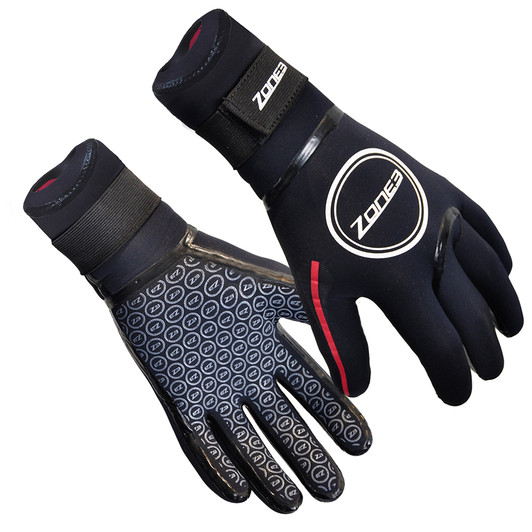
These neoprene gloves and socks will keep you warm during long/cold training sessions.
3. Vision wetsuit
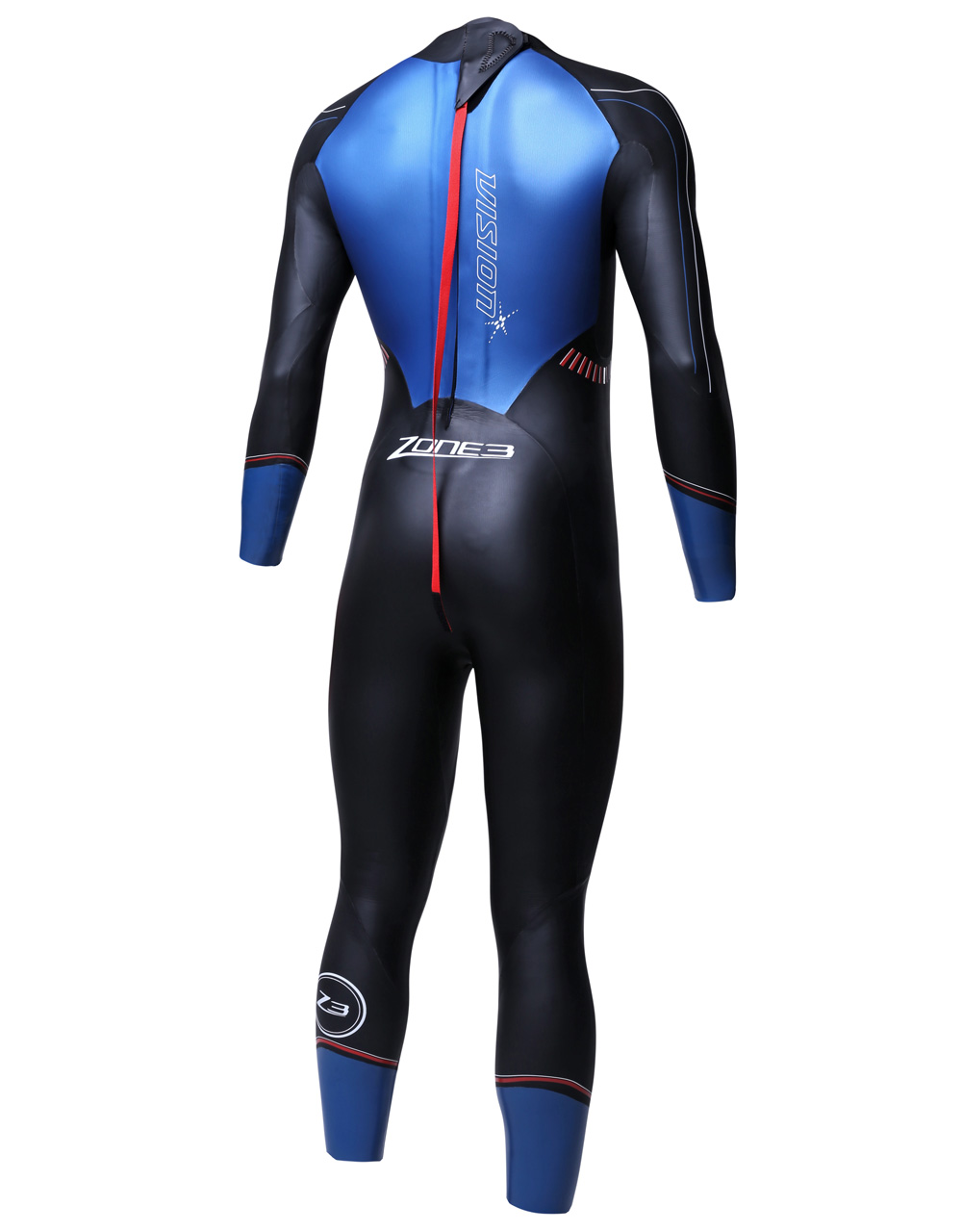
This high-performance wetsuit is equipped with a brightly coloured back panel for visibility.
4. The Keri-Anne Payne Wetsuit
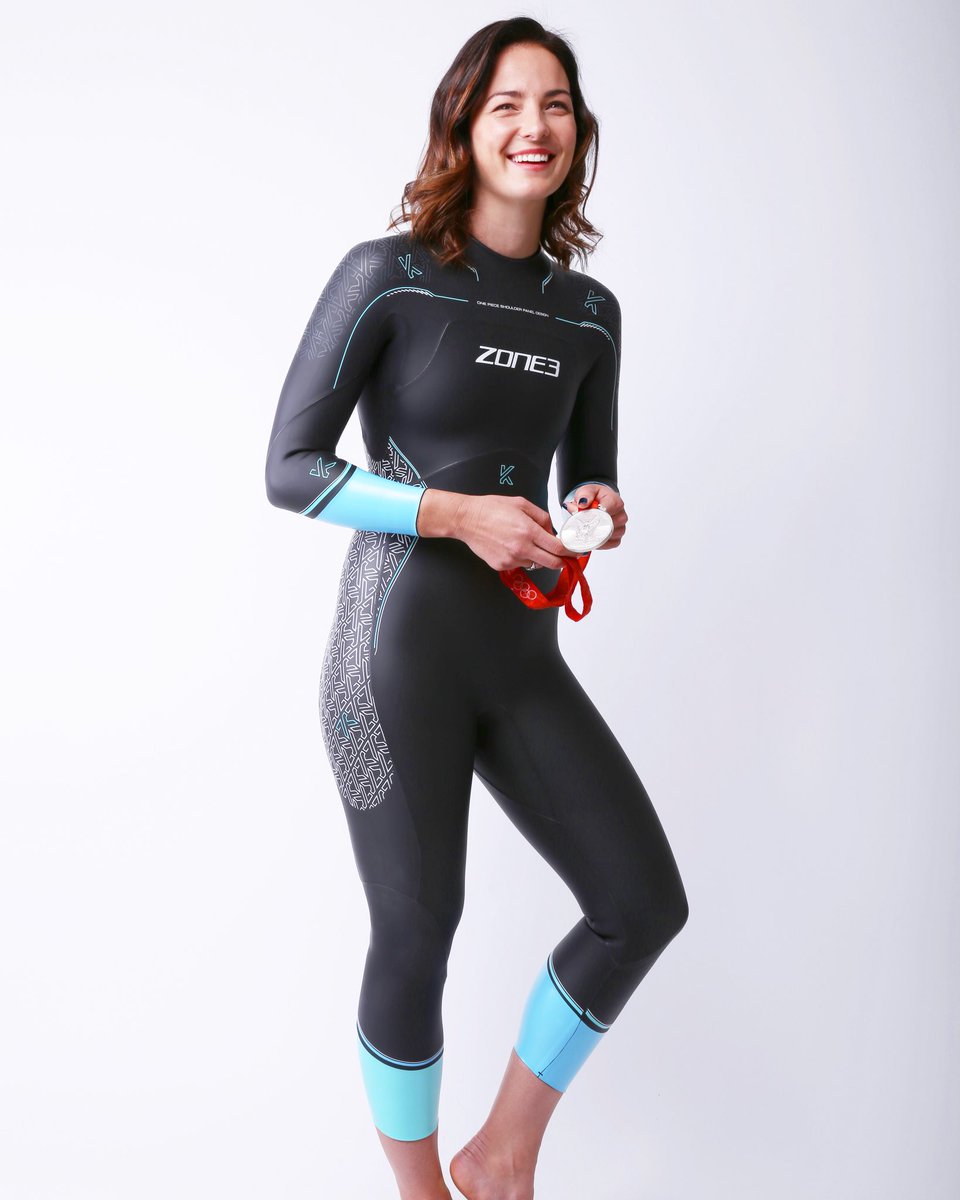
Designed by Keri-Anne Payne for open-water swimming with the aim of improving swim technique and reducing drag in the water.
Check out our Hard as Nails podcast:
Like this? You should check these out:



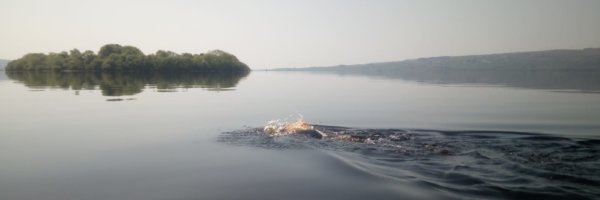


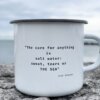




Tip 1 is only partially correct. In calm flat water, you should minimise body rotation and only turn your head to breath – the less you turn your body the less drag. In rougher water conditions body rotation to the hips may be necessary but the amount of rotation is dependent on the conditions – the rougher the water or the more swell the more rotation required up to a rotation of about 170 degrees. The optimum is to allow for breathing comfort but minimise body rotation in as far as possible.